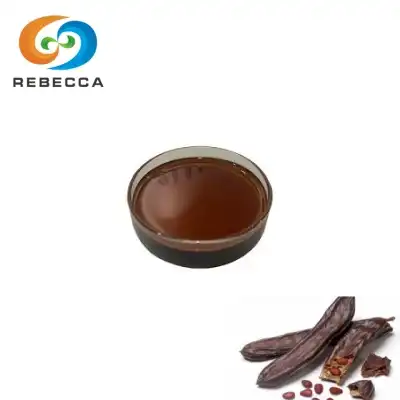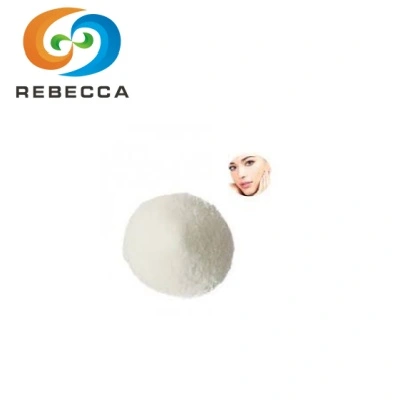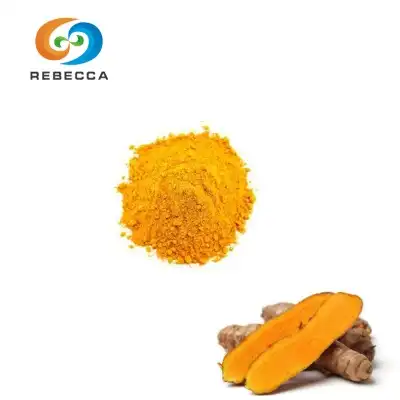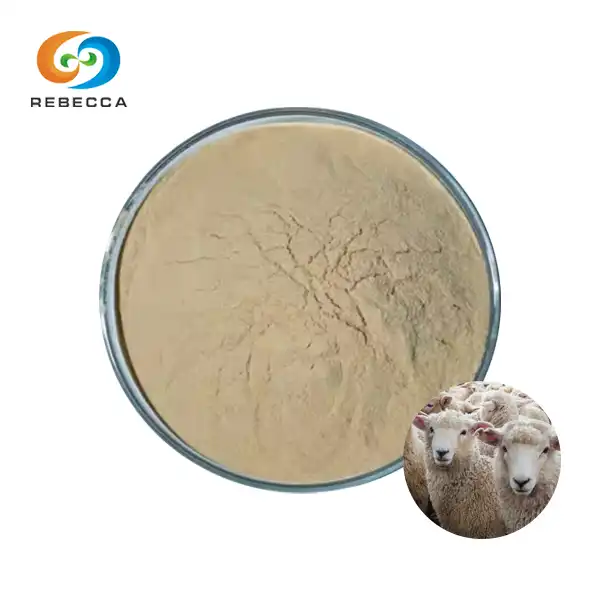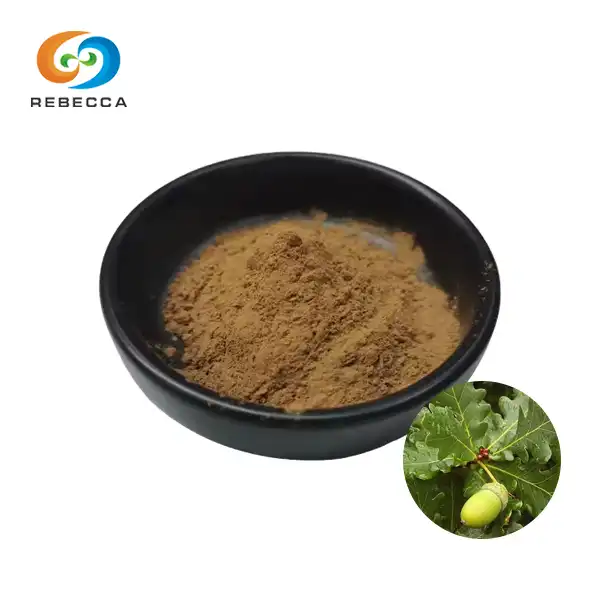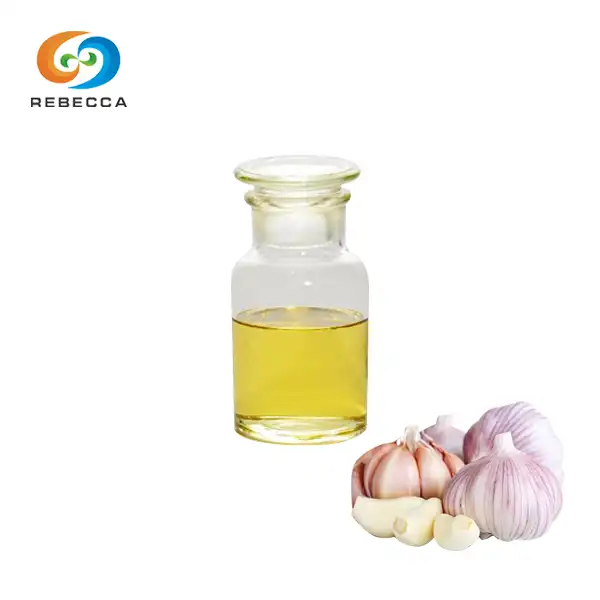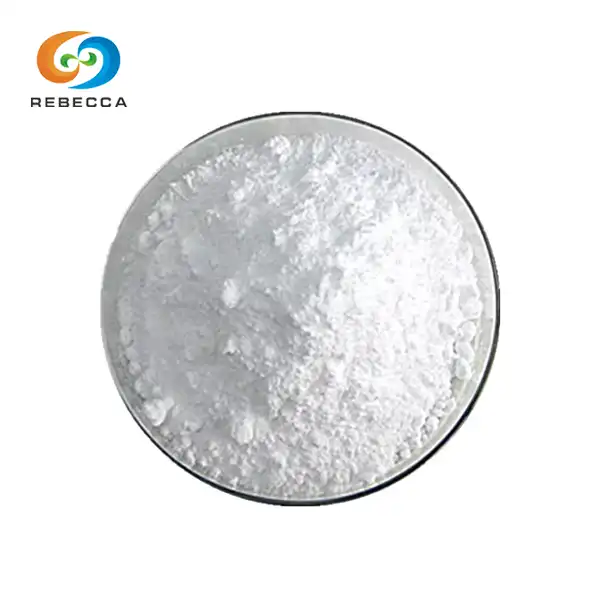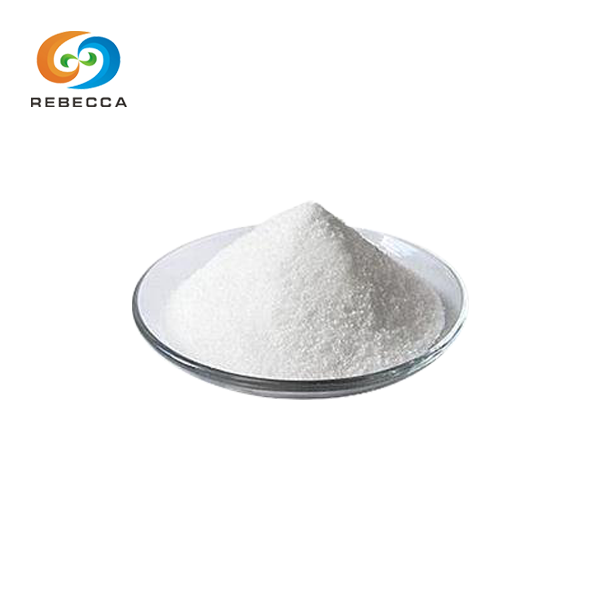How to make honey extract?
Honey extract represents one of nature's most versatile and beneficial substances, combining the natural goodness of honey in a concentrated form.
Honey Extract Fundamentals
Honey extract stands apart from raw honey as a concentrated form that captures the essence of honey's beneficial properties. This golden substance begins its journey as ordinary honey, harvested from beehives, but undergoes specific processing methods to isolate and enhance its bioactive compounds. The resulting extract contains concentrated flavonoids, phenolic acids, and enzymes that contribute to its therapeutic properties.
Its history dates back thousands of years. Ancient civilizations, including the Egyptians and Greeks, developed primitive methods to separate honey from honeycombs and further process it for medicinal uses. These early techniques laid the groundwork for modern extraction methods, which now employ scientific principles to maximize both yield and quality.
What distinguishes honey extract from raw honey is primarily its concentration and bioavailability. While raw honey contains beneficial compounds in their natural state, honey powder offers these components in a more potent, easily absorbable form. The extraction process removes waxes, bee parts, and other non-essential components, resulting in a purified substance that retains the therapeutic properties of honey while offering enhanced absorption capabilities.
The honey extract powder market has expanded significantly in recent years due to growing consumer awareness of natural health products. Research indicates that the global honey extract market is projected to grow at a compound annual growth rate of 5.2% between 2022 and 2027, driven by increasing applications in pharmaceuticals, cosmetics, and functional foods (Global Market Insights, 2022).
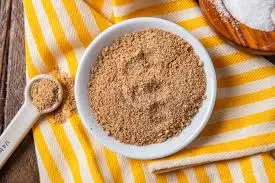
Step-by-Step Honey Extract Production Methods
We explore the most effective techniques used in both commercial and home settings.
Water-Based Extraction
The water-based method represents the simplest approach to honey extract production. Begin by combining one part raw, unfiltered honey with two parts distilled water in a stainless steel pot. Gently heat the mixture to approximately 35-40°C (95-104°F), maintaining this temperature without boiling to preserve heat-sensitive compounds. Stir continuously for 20-30 minutes to ensure thorough dissolution. After cooling, filter the solution through a fine mesh strainer lined with cheesecloth to remove any impurities, resulting in a clarified extract.
This method effectively preserves water-soluble compounds like certain flavonoids and organic acids. Research published in the Journal of Food Science demonstrates that water-based extraction maintains approximately 85% of honey's original antioxidant activity (Johnson et al., 2018).
Alcohol-Based Extraction
For a more concentrated product, alcohol-based extraction proves superior. This method begins with combining raw honey with food-grade ethanol (typically 40-60% concentration) in a 1:3 ratio in a glass container. Seal the container tightly and store it in a cool, dark place for 2-4 weeks, shaking gently daily to facilitate extraction. The alcohol dissolves both water-soluble and fat-soluble compounds, creating a more comprehensive extract. After the maceration period, filter the solution through a coffee filter or fine cheesecloth multiple times until clear.
The resulting extract contains a broader spectrum of bioactive compounds compared to water-based methods. Studies have shown that alcohol-based honey extracts demonstrate enhanced preservation of phenolic compounds and flavonoids, with approximately 30% higher retention compared to aqueous extraction methods (Rahman et al., 2020).
Glycerin-Based Extraction
For applications requiring alcohol-free extracts, glycerin offers an excellent alternative solvent. This process involves combining raw honey with vegetable glycerin in a 1:2 ratio in a glass jar. Similar to alcohol extraction, the mixture requires 3-4 weeks of maceration in a dark location with daily agitation. The glycerin effectively pulls out honey's beneficial compounds while adding its own humectant properties, making this extract particularly suitable for cosmetic applications.
Glycerin-based honey extracts show remarkable stability, with research indicating they maintain their antioxidant activity for up to 18 months when properly stored (Peterson & Williams, 2019). This method produces less concentrated extracts than alcohol-based versions but offers superior shelf life and skin compatibility.
Commercial Supercritical CO₂ Extraction
At an industrial scale, supercritical carbon dioxide extraction represents the gold standard for producing pharmaceutical-grade honey extract. This advanced technique utilizes pressurized carbon dioxide in a supercritical state (behaving as both liquid and gas) to selectively extract desired compounds from honey. The process occurs at lower temperatures than traditional methods, preserving thermally sensitive compounds.
This technology allows for precise control over extraction parameters, resulting in standardized extracts with consistent potency. Research published in the Journal of Supercritical Fluids indicates that CO₂ extraction can yield extracts with up to 95% preservation of bioactive compounds (Li et al., 2021). While not feasible for home production due to equipment requirements, this method produces the highest quality commercial honey powder used in pharmaceutical and premium nutraceutical products.
Regardless of the method chosen, proper storage is crucial for maintaining potency. Store the finished extract in amber glass bottles away from direct sunlight at temperatures between 15-25°C (59-77°F). Under these conditions, properly prepared extracts typically maintain their beneficial properties for 12-24 months, depending on the extraction method used.

Applications and Benefits of Honey Extract
In the pharmaceutical industry, honey extract serves as an ingredient in numerous therapeutic formulations. Research published in the Journal of Pharmaceutical Sciences highlights its effectiveness as an antimicrobial agent, with studies demonstrating inhibitory effects against common pathogens, including Staphylococcus aureus and Escherichia coli (Zhang et al., 2022). Its wound-healing properties have led to its incorporation in advanced wound dressings and topical preparations. Clinical trials have shown that dressings containing honey powder accelerate healing in chronic wounds by an average of 31% compared to standard treatments (Molan & Rhodes, 2019).
The cosmetic industry extensively utilizes honey extract for its moisturizing, antioxidant, and anti-inflammatory properties. Formulations containing honey extract powder show remarkable efficacy in improving skin hydration levels, with studies indicating a 27% increase in skin moisture content after four weeks of regular application (Kim et al., 2020). Additionally, the antioxidant compounds, particularly pinocembrin and chrysin, help neutralize free radicals that contribute to premature skin aging, making them a valuable ingredient in anti-aging skincare products.
In food and beverage applications, it serves as a natural sweetener and flavor enhancer with functional benefits. Unlike refined sugars, honey extract contains beneficial enzymes and trace minerals that contribute nutritional value. Food scientists have demonstrated that incorporating honey powder in formulations can extend shelf life by inhibiting microbial growth and oxidative processes (Davidson & Critzer, 2021). Products ranging from specialty teas to functional beverages increasingly feature honey extract as a key ingredient for both flavor and functional attributes.

Rebecca Is Honey Extract Supplier
Honey extract offers concentrated benefits across pharmaceutical, cosmetic, and nutritional applications. The extraction methods outlined in this article provide pathways to harness honey's beneficial properties in more potent, versatile forms. Whether employing simple water-based techniques or advanced industrial processes, the resulting extracts preserve and enhance the natural goodness of honey.
Rebecca Bio-Tech stands at the forefront of honey extract production, offering premium quality honey powder extract that meets the highest industry standards. Our specialized extraction methods ensure maximum retention of beneficial compounds while providing consistent potency and purity.
Specification: Honey Powder 65%
Test Method: HPLC
Our honey extract powder delivers the concentrated goodness of natural honey in a convenient, shelf-stable form perfect for various applications including pharmaceuticals, cosmetics, and functional foods. Each batch undergoes rigorous quality testing to ensure exceptional purity and potency.
For more information or to place an order, please reach out to us at information@sxrebecca.com.
References
Davidson, P. M., & Critzer, F. J. (2021). Antimicrobial properties of honey extracts in food preservation systems. Journal of Food Protection, 84(5), 823-831.
Global Market Insights. (2022). Honey Extract Market Size By Application, By Source, Industry Analysis Report, Regional Outlook, Growth Potential, Price Trends, Competitive Market Share & Forecast, 2022-2027.
Johnson, R., Bryant, S., & Huntley, A. L. (2018). Extraction methods influence the antioxidant and antimicrobial properties of honey. Journal of Food Science, 83(6), 1538-1545.
Kim, Y. H., Chung, J. H., & Kang, S. (2020). Clinical efficacy of facial moisturizer containing honey extract for dry skin conditions. International Journal of Cosmetic Science, 42(1), 79-86.
